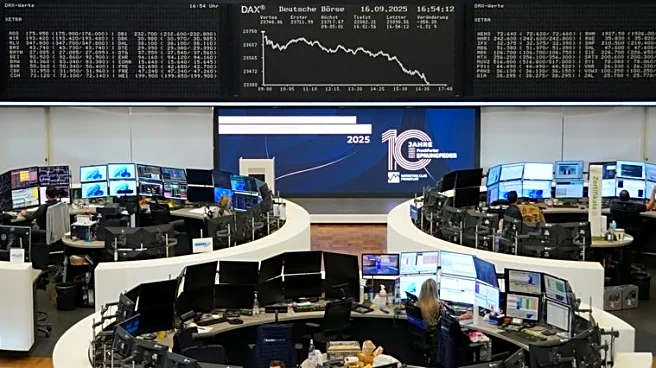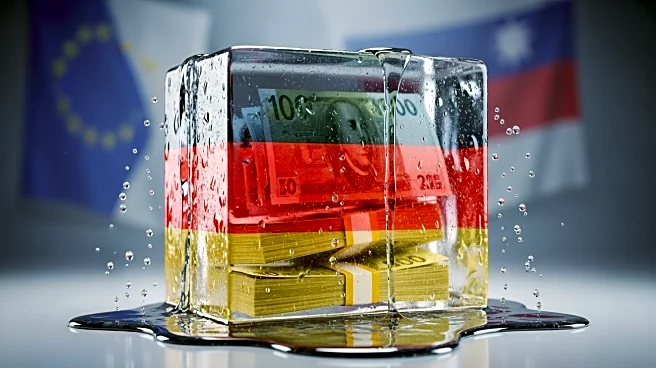What is the story about?
What's Happening?
European venture capitalists are being criticized for their cautious approach, which is causing European AI startups to lose ground to their U.S. counterparts. Despite Europe having significant savings, only 5% of global venture capital is raised in the EU, compared to over half in the U.S. The slow pace and conservative investment strategies of European VCs are seen as major barriers to growth. The article highlights the need for European investors to act more decisively and embrace risk to foster innovation and compete globally.
Why It's Important?
The cautious approach of European venture capitalists could have long-term implications for the continent's competitiveness in the AI sector. If European investors continue to hesitate, the region risks becoming a feeder market for American companies, losing out on potential economic growth and innovation. The article suggests that a shift in investment strategy could enable Europe to build the next generation of global companies, but only if investors are willing to take risks and act quickly.
What's Next?
European venture capitalists are encouraged to adopt a more agile and risk-taking approach similar to angel investors. This involves making smaller, bold bets rather than waiting for perfect deals. The article suggests that smaller and mid-sized funds have an advantage in this regard, as they can creatively structure deals and seize promising opportunities. The future of Europe's AI industry depends on whether investors can shed their conservative instincts and act at startup speed.
Beyond the Headlines
The article explores the cultural and regulatory factors contributing to the slow pace of European venture capital investments. It highlights the need for a change in mindset among investors, who often interpret rules conservatively. The piece also discusses the historical context of European investment strategies, which have traditionally focused on capital preservation rather than risk-taking.
AI Generated Content
Do you find this article useful?














